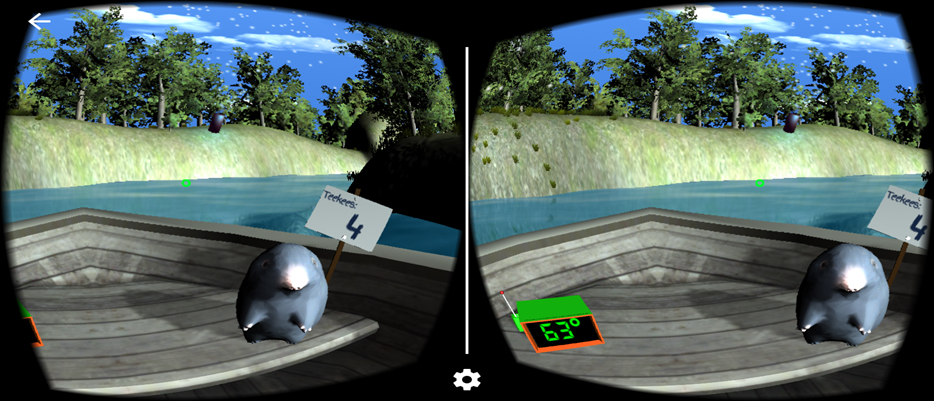Legislation Associated With Reduction in Amount of Opioids Prescribed at Discharge
Legislation Associated With Reduction in Amount of Opioids Prescribed at Discharge https://pediatricsnationwide.org/wp-content/uploads/2023/02/AdobeStock_63552580-1024x681.png 1024 681 Laura Dattner https://pediatricsnationwide.org/wp-content/uploads/2023/03/LauraDattner-web-002.jpgStudy shows a decrease after the 2017 Ohio Prescription Opioid Cap Law went into effect. The Ohio Opioid Cap Law, enacted on August 31, 2017, limited the total dose and duration of opioids that could be prescribed for minors. The anticipated benefit of cap laws in preventing opioid overdose, death and addiction was counterbalanced by fears…





